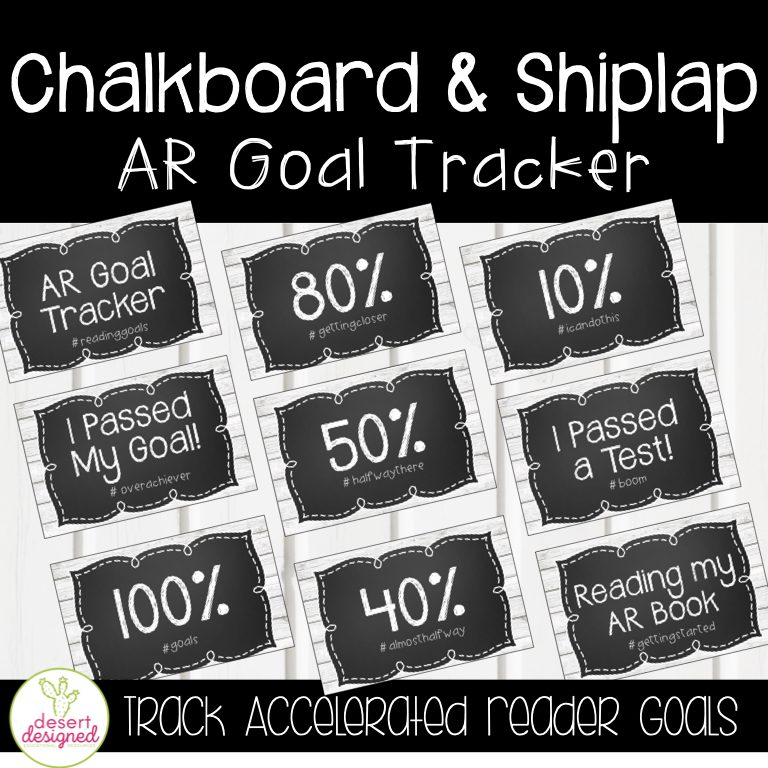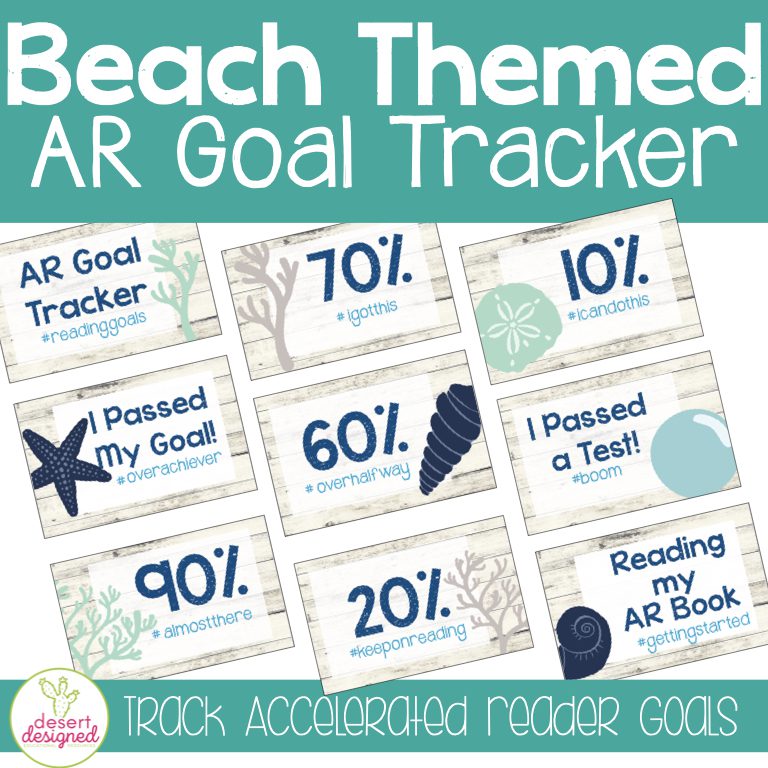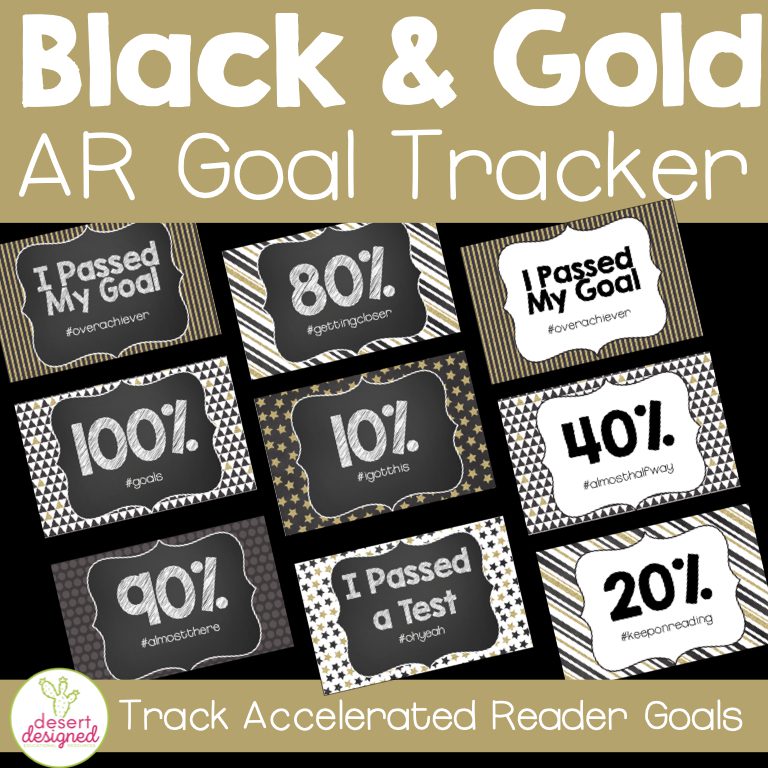Setting goals with students can seem overwhelming for some teachers. In this article, I break down why and how to walk your class through the goal-setting process.
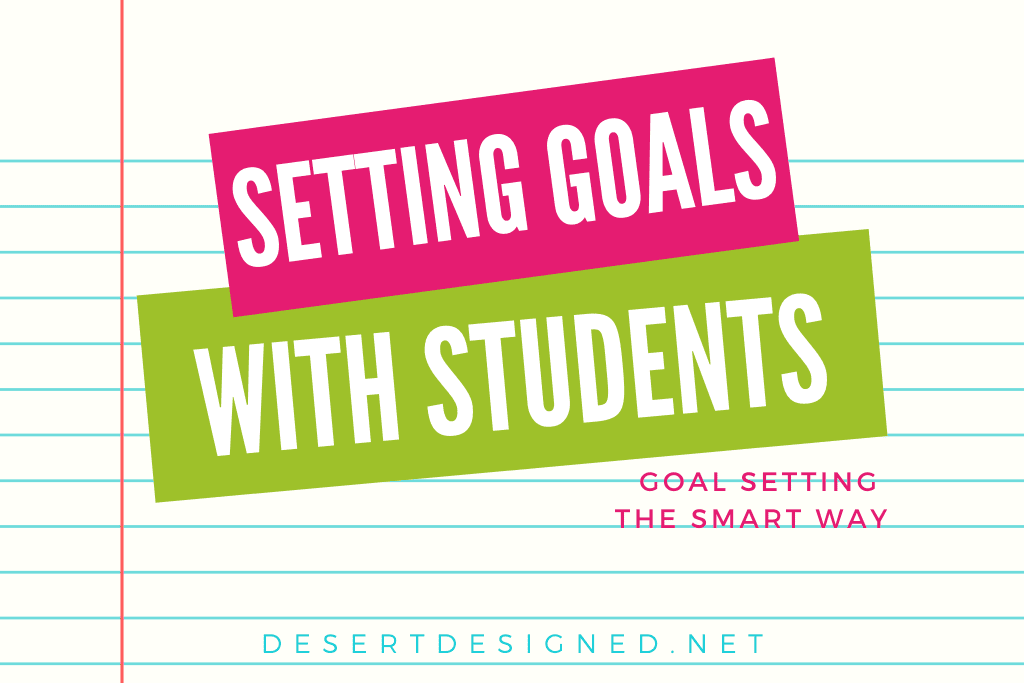
I remember being 9-years-old, in the fourth grade, sitting at the dinner table with my parents when they asked me where I wanted to go to college. I thought they were completely insane. College? I’m NINE! I thought. What is with these crazy people?!? I knew that college was after I finished high school, but I thought it was ridiculous to start talking about it then.
What I realize now is that they were trying to get me in a college-ready mindset. Going to college was not considered an option for me. It was a requirement set by my family. Setting college readiness goals with my parents helped me stay on track throughout my education and helped me meet my goals.
Why Should I Practice Setting Goals with My Students?
Setting goals with students helps them to find a purpose in their education. For elementary school students, long-term goals such as college or a career can feel eons away. However, most elementary school kids have ideas for what they might like to be when they grow up.
I frequently talk with my students about what they would like to be when they grow up. Often, students with low motivation, off-task behavior, and poor grades will shock me by stating they want to have a career that requires a college degree. We then have a conversation about what it takes to be able to do that job.
Most of these kids haven’t had these conversations with an adult. Having some long-term goals in mind can help shift their mindset towards productivity for students who struggle with motivation.
Also, parents want their kids to be successful in life, but many do not have the tools, time, or training needed to help their children learn how to set goals.
What Types of Goals Should We Help Students Set
It is very tempting to only set goals with students related to testing and test scores. Be very careful about only setting test-related goals with your students.
I love to do goal-setting activities with my students, where they get to choose the goal. I start with a big class-wide brainstorming session to discuss what types of goals students might be interested in pursuing. Not only will you learn a lot about your kids, but you will also help them generate ideas from one another. Don’t limit this brainstorming session. Kids might have goals related to sports, home life, chores, personal interactions, relationships, school, etc. Just let them ride.
Setting Student Goals
After you have done a class-wide brainstorming session, students should choose a topic for their goal that is personal and important to them. Goals that a teacher dictates are much less likely to be accomplished than those set by the student.
A standard model for setting goals is the SMART goal model. Each letter in the acronym SMART stands for a specific guideline for setting the goal. Goals should be:
- Specific
- Measurable
- Attainable
- Relevant
- Time-Specific
Goal Setting Examples
Here are a couple of examples of student goals without and then with using the SMART format:
Without the SMART goal format: I want good grades.
With SMART goals in mind: I want to have straight As on my end-of-year fifth-grade report card.
Without the SMART goal format: I want to swim in the Olympics.
With SMART goals in mind: I want to qualify for the USA Olympic Swim Team for the 2028 Summer Olympics.
Without the SMART goal format: I want to read more this year.
With SMART goals in mind: I will read 40 books by the last day of fifth grade.
Writing Goals With Students
Your students may need help turning their non-specific goals into SMART goals. You can help them work through this writing process in several ways.
First, let them write down whatever their goal is at this moment. No judgment.
Next, give them a sentence frame like this:
I want to (goal to achieve) by (time frame).
Some questions you can ask to help shape students’ goal setting:
- When do you want to achieve this goal?
- How will you know you have met your goal?
- Why are you setting this goal?
- How long will it take to accomplish your goal?
Finally, review students’ goals with them. Use your knowledge of your class and students to determine whether you should review goals would best do this in the whole group setting, small groups, or during individual student conferences.
Pitfalls to Avoid
Remember, your students are not you. They have their own dreams, values, and family lifestyle that may be vastly different than yours. Even if YOU think their goal is silly or unattainable, it is not your place to say so. You can guide them to shape their goal through questioning, but do not squash the dreams of children.
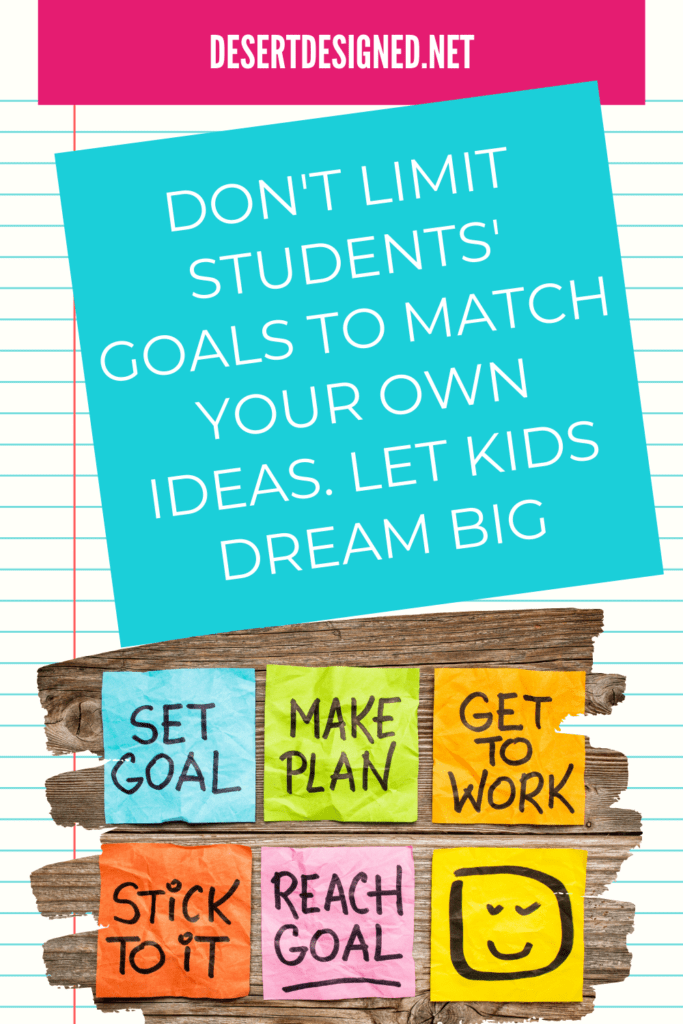
Action Steps for Completion
Now that students have set their goals, it is time to plan out action steps to help them achieve those goals. The length and type of goal will determine how many steps are needed.
As we work through this part of the process, many students realize that their big goal is massive and decide to zoom in on one of their action steps for a new goal.
Here’s a great example. Many students these days want to be famous YouTubers when they grow up. Their SMART goal may look like this: I will have a YouTube channel with one million followers by my 18th birthday.
We start to talk about what it takes to make this happen. The student realizes that they don’t know anything about filming for YouTube and don’t own any of the correct equipment to begin. This goal turns into many action steps, and the child decides that they want to write a new goal for earning enough money to buy a quality video camera.
How to Help Kids Write Action Steps
Kids will need help to break their goals down into attainable steps. Depending on the goal, these steps may be time-based. If they want to become fast in a sport or learn new skills, they might break these tasks down by months or years.
If they want to accomplish
Writing Academic Goals as a Class
After I let students choose and write their “anything goals,” we write an academic goal to complete by the end of the school year. The goal always looks something like this:
I will…
- have straight As at the end of fifth grade.
- read 40 books by the last day of fifth grade.
- get 150 AR points this school year.
- complete the Great American Challenge this school year.
As before, hold a class brainstorming session, but be careful not to tell your students what their goals must be!
Action Steps for Academic Goals
After you have set goals with your class, break the school year down by how many months are left in the year and help your students identify action steps to complete along the way.
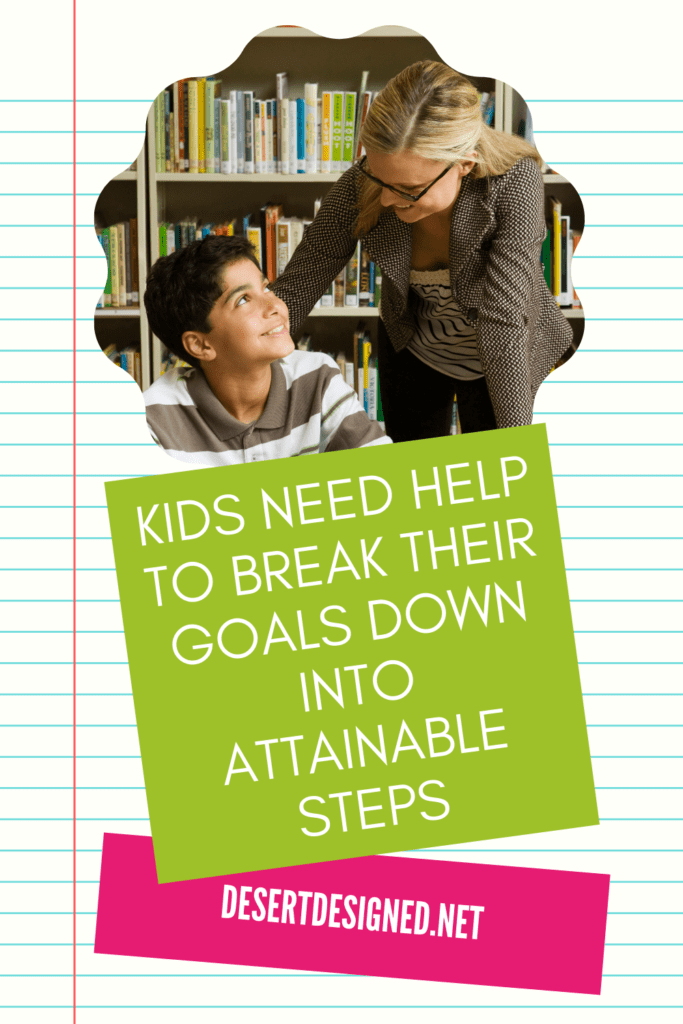
Revisiting Goals
After you have set goals with students, it is important to revisit these goals periodically. If you set a goal for the end of the current school year with your class, revisit this goal every month to check in on progress and revise the goals as needed to help your students attain them!
Goal Setting with Students for Accelerated Reader
Let me tell you about my experience with goal setting in the Accelerated Reader (AR) program. Many schools have purchased this program to promote reading and reading comprehension. When I first started using AR, I didn’t understand much about goal setting and just told students to read as much as possible. This tactic brought varied success.
Many teachers in my school had points charts posted in the classroom to track student points. I found a problem with this system, however! My struggling readers and special education students never felt successful on this path. They knew they would never get as many points as my gifted readers and often gave up.
After several years, I decided to broach setting individual goals with students. This was a game-changer in my classroom. Since every student had their own goal, we started to track the percent of goal completion instead of tracking and celebrating student points.
Now, I use an AR tracker like this to track how well my students progress towards their goals. Students are working towards a specific goal rather than competing with each other.
Celebrating Success for Setting Goals with Students
Celebrating student success both along the way and when the year is over is a great way to encourage students to become life-long goal setters.

As the year draws to an end, consider having a goal-getting party. If you have followed this plan, every student should have something to celebrate. Some students will be celebrating completing their academic school year goal. If students did not meet that goal, did they accomplish one of the action steps toward that goal or towards their personal goal?
Don’t forget to check out the goal-setting products available over in my store!


